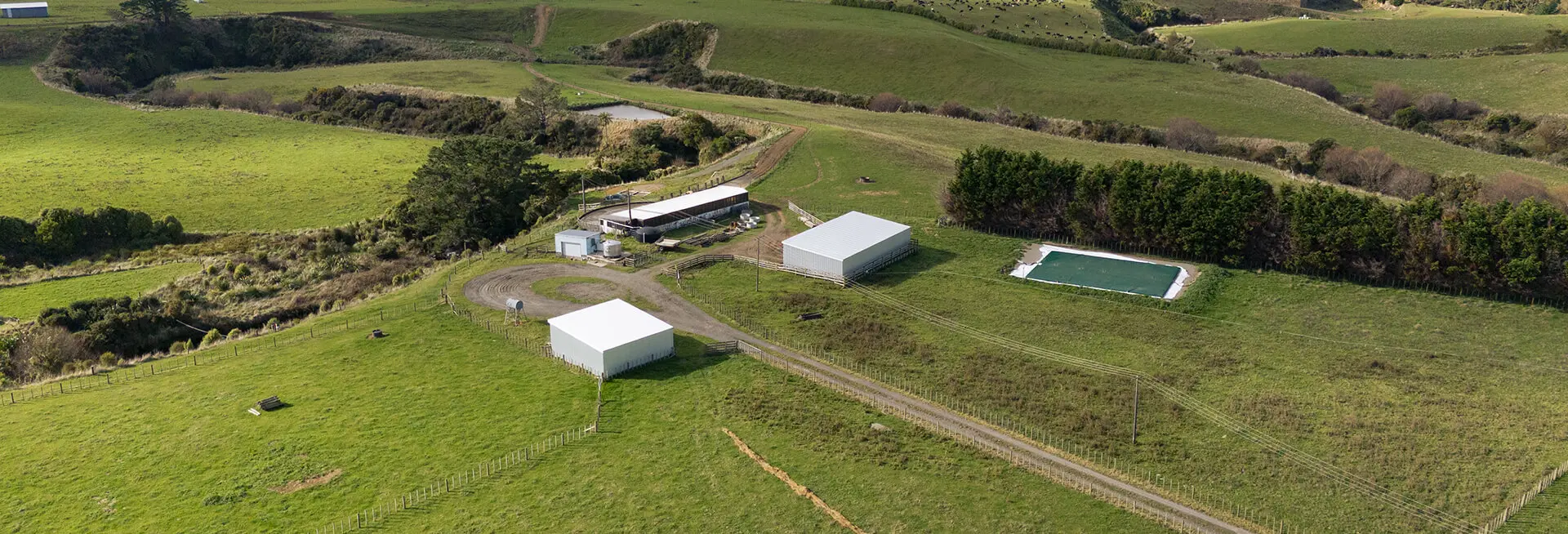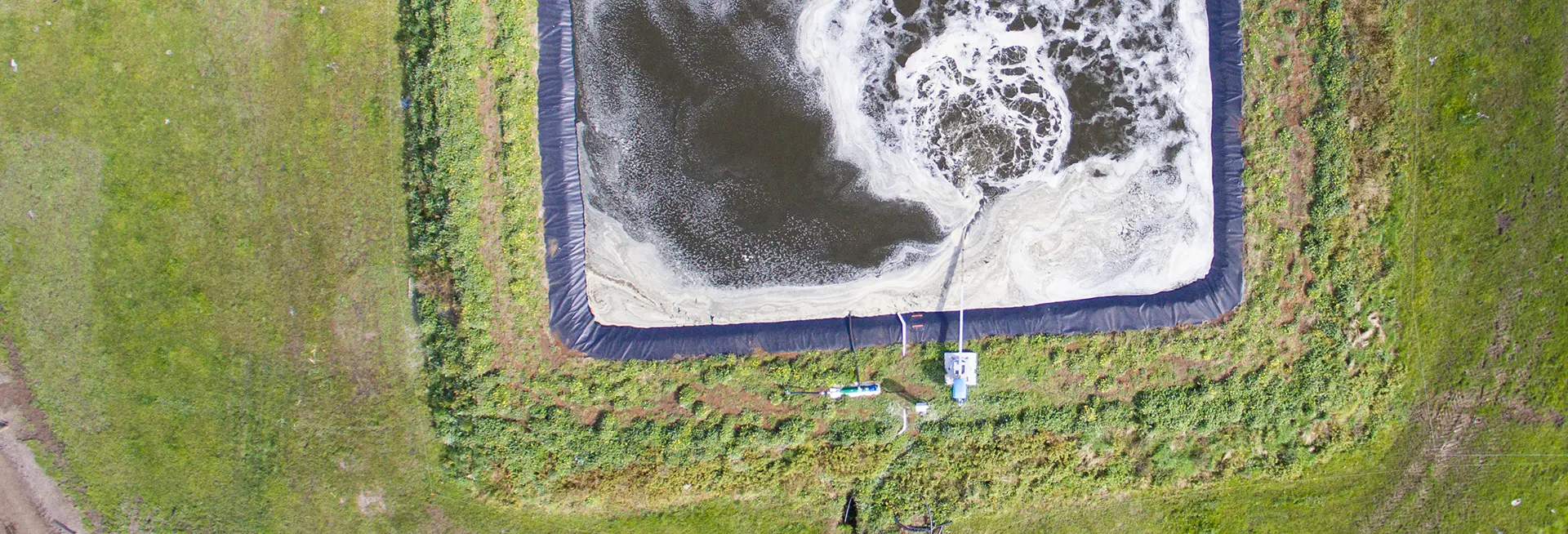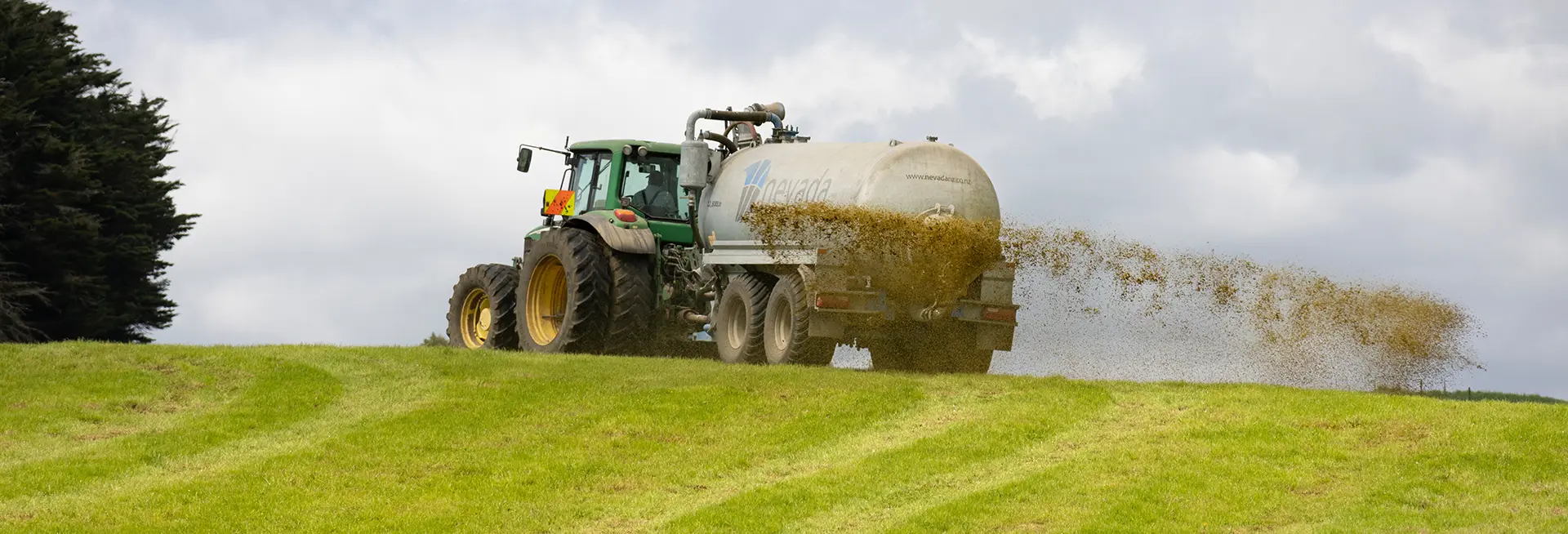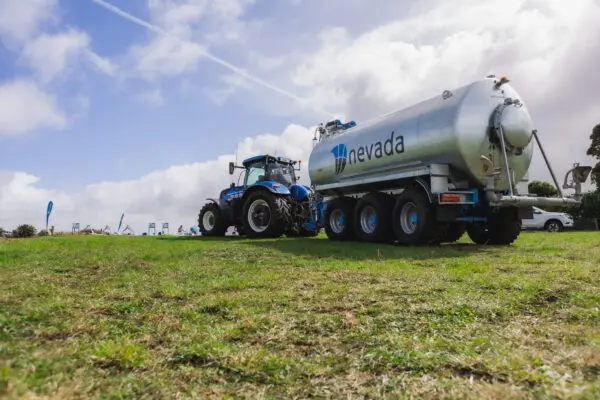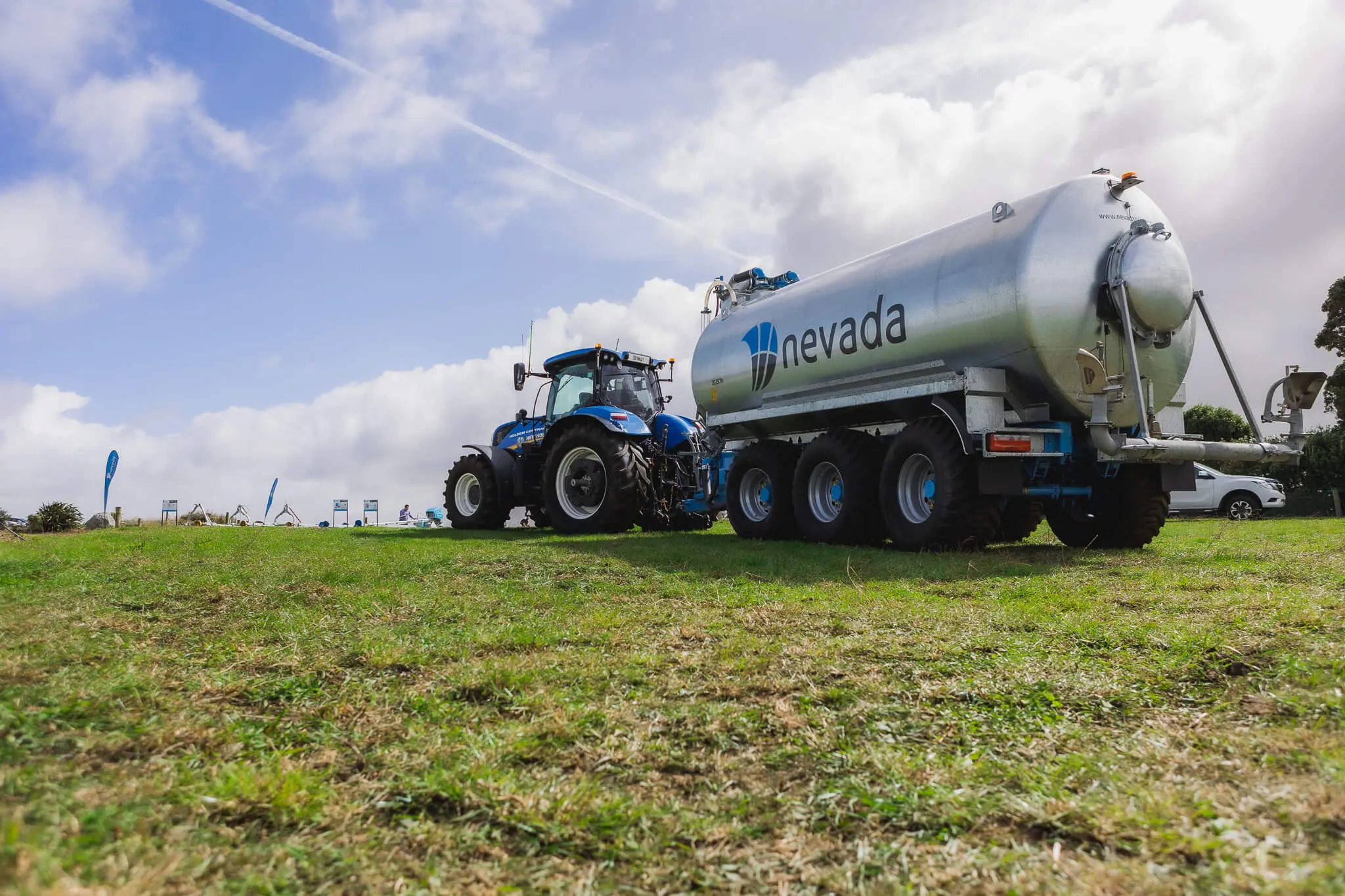Feed the soil, and let the soil feed your crops…
Cropping season is upon us, so now’s a great time to prepare the soil with the nutrients needed to grow strong, healthy crops.
A generous base dressing of effluent is a good starting point for any crop preparation. Effluent has great soil building properties which enhance nutrient and water retention, providing a buffer through times of stress.
When effluent is applied to the same area for many years it is likely to have an excess of potassium. Growing a crop of maize is a good way of using up this excess.
Dairy farmers who apply effluent to soil before planting often testify they achieve stronger, healthier crops. Many believe that adding effluent has even saved their crops from drought and moisture stress.
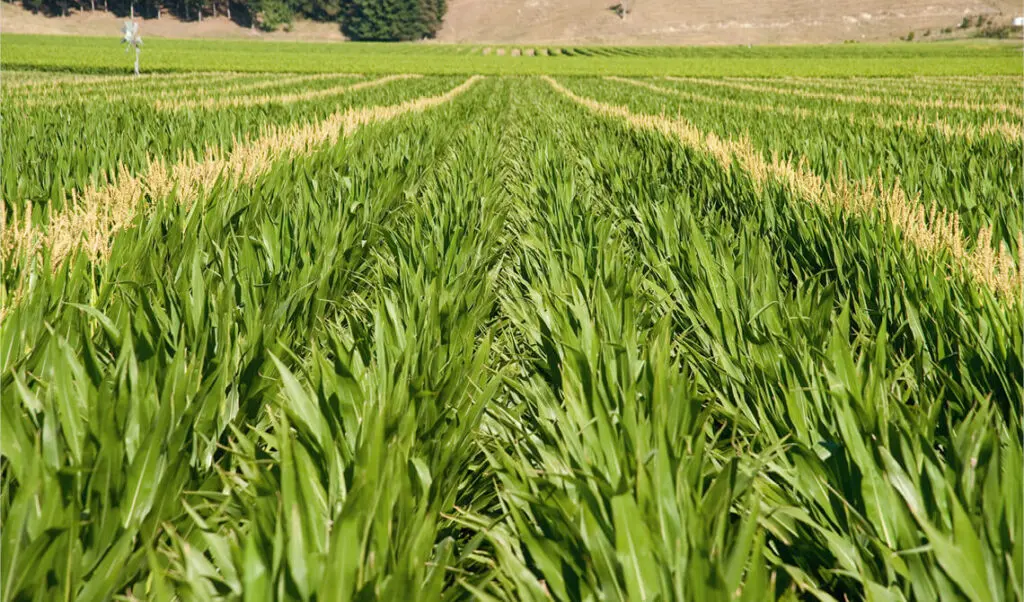
How to apply
First things first, if you’re unsure of the nutrient value of your effluent, you can use a nutrient testing kit to check and make sure the nitrogen levels are not too high for council compliance.
If you find the nutrient levels are not quite right, you may consider adding a natural liquid fertliser before spreading. This will help to balance out, as well as enhance the nutrient value, giving the soil an even bigger boost.
Before pumping it is essential you give the slurry a good stir. You want to create an homogenous mixture, ensuring the nutrients are evenly spread throughout, and solids aren’t left to build up at the bottom of the pond or storage tank.
Now is also a really good time to empty sludge from the bottom of sand traps and sumps. If your sump slurry is too thick, add some water and give it a good stir before sucking up with a slurry tanker. Because slurry tankers use a vacuum rather than a pump, they are generally better able to handle thicker slurries.
As for spreading, a low pressure spreader such as a slurry tanker with RainWave™, drag hose system, or travelling irrigator is generally recommended. By using low pressure and an oscillating fan pattern, a Rainwave™ achieves a wider spread and produces larger droplets, meaning virtually no wind drift, so nutrients are spread evenly, with less volitisation – so more nutrients are actually reaching the soil. A slurry tanker can be particularly useful here, as they not only can help with sucking up sludge and thicker slurries for spreading, but they create less mess, allow you to spread when and where needed, and are more accurate than some other spreading methods.
